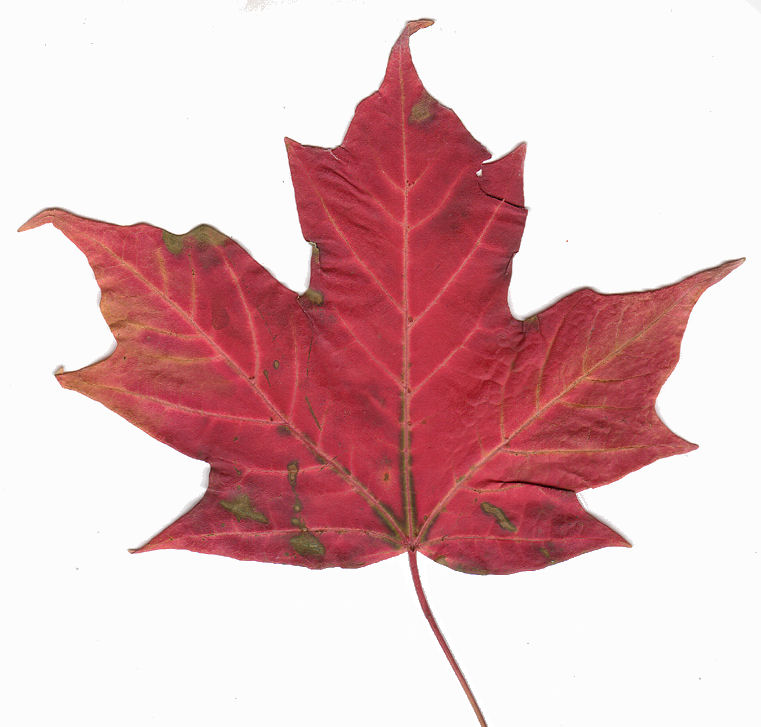A leaf that is very long and thin is said to be this shape.
This is the second highest forest level.
When branches go all the way to the bottom of the tree, we say that the tree has this characteristic.
This is the most thin layer of the tree and is the newest.
The type of leaf of this leaf.

Photosynthesis is the process by which sugar and oxygen are made by combining sun, water, and this greenhouse gas.
This is also a certain type of bark.

Clusters of more than 5, bundles of 5 and bundles of 2 are all kinds of this.
A series of very short rings in a tree cookie is likely because of this.
The branching pattern of this tree

This leaf has this kind of margin.

This branch growth pattern happens when branches come out from all around a tree's trunk.
This is the forest level a deer would live at.
Most coniferous trees are this tree shape.
A white birch is an this kind of tree.
The animal that eats the organism that eats the producer would be referred to as this.
This tree cookie likely underwent this kind of damage.

This is the hardest layer of a tree.
A funghi is an example of this kind of organism on a food chain
This is a certain type of bark.

A caterpillar would likely live at this level of the forest.
These hard decomposers cling to the sides of trees.
This is the type of tree that commonly has needles
This is the outermost layer of a tree.
This leaf has this kind of shape.



















